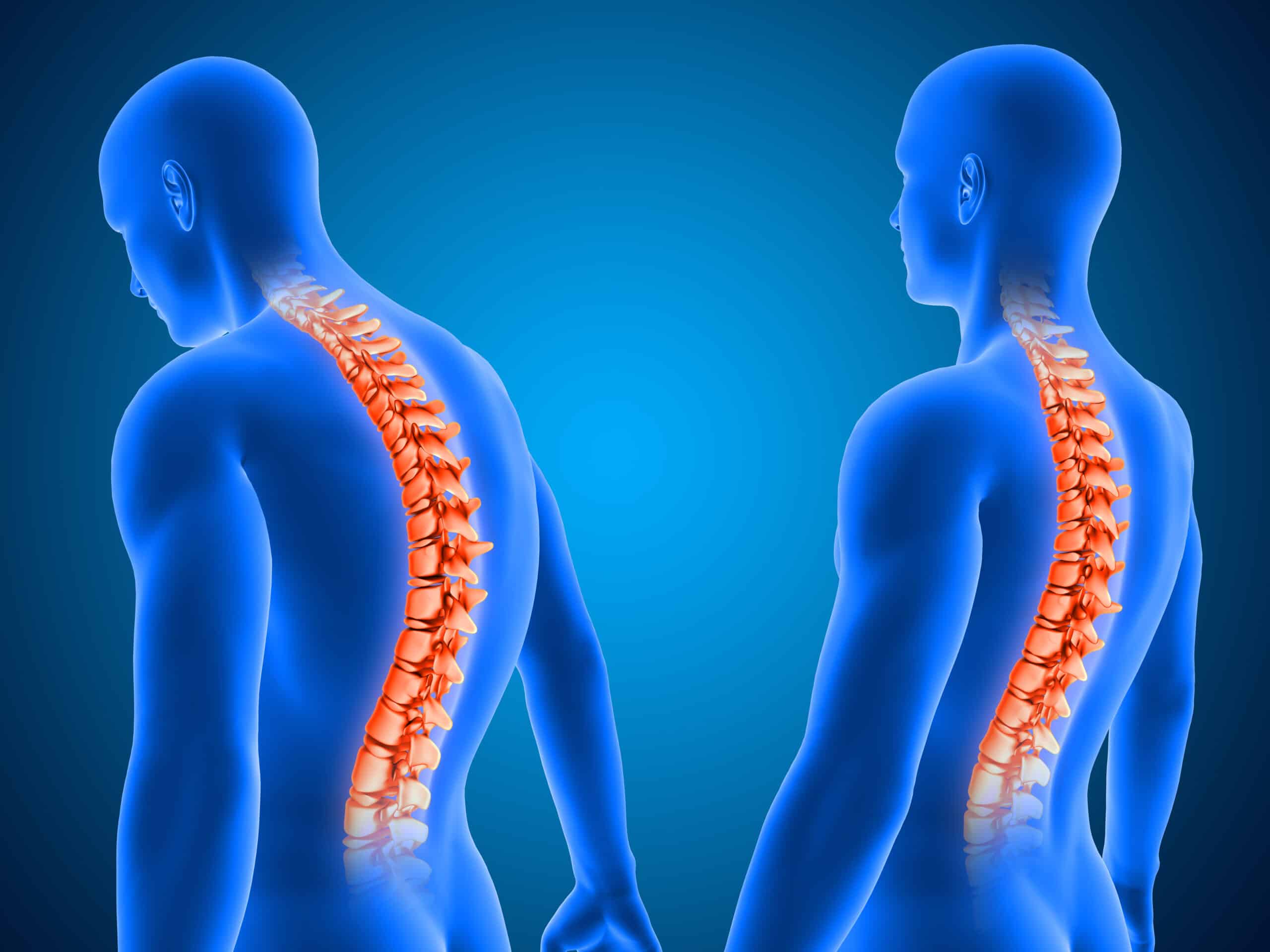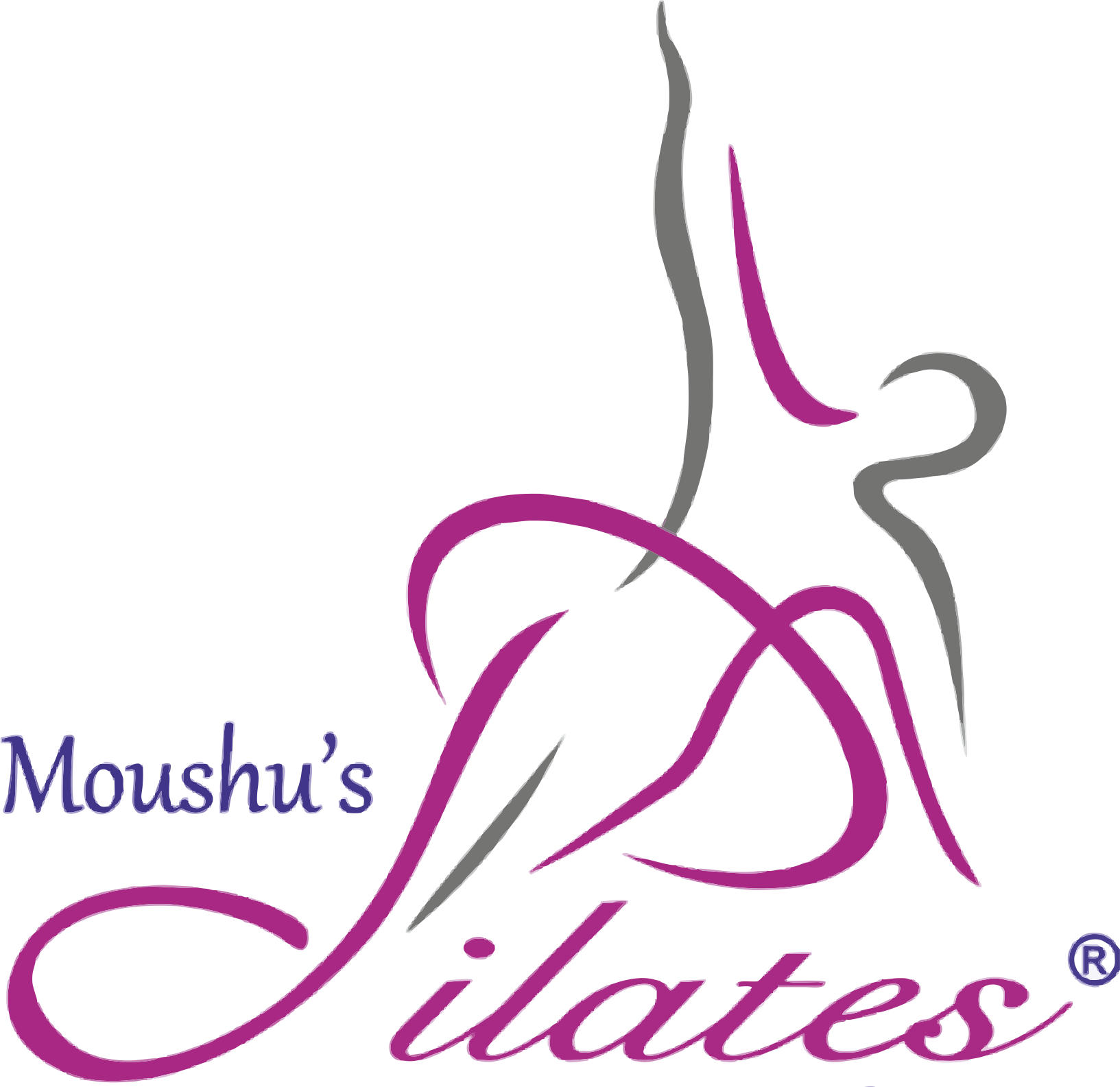Overcome thoracic spine stiffness

When we think of thoracic spine or upper back stiffness, we imagine a figure hunched in front of a computer screen, typing away. This kind of stiffness can arise due to habitual postures and can be corrected with learning to align our spine in neutral. However, the kind of middle spine stiffness that needs special attention is caused by medical conditions. It is commonly seen in smokers and in patients with ankylosing spondylitis, severe arthritis, and especially those who undergo thoracic surgery. In this blog, we discuss what happens in open-heart surgery and how Pilates can help with overcoming the stiffness caused after that.
Stiffness post-Thoracic Surgery
One of the most dreaded and highly sensitive, open-heart surgeries have been perfected by surgeons the world over. No matter how skilled the surgeon is, the surgery still is a big trauma for the body though. The sternum is cut and the ribs are ripped out of their joints in the thoracic spine for this. At the end of the surgery, which can go up to 12 hours, the ribcage is shut again. The recovery time for these patients can be anywhere from 6 to 12 weeks.
Post-surgery, the joints of the rib cage to the thoracic spine are extremely tender. And because of the sutures in the front of the chest, the patient cannot drop their rib cage down. They can end up with a permanent rib flare. They develop a pigeon-like chest, with a flare in the front and a slouch at the back.
Usually, with postural thoracic stiffness, the sternum is down and only the upper back is rounded. But post-surgery in the thoracic cavity, this abnormal structure develops. The patient can strain their neck, shoulder, and lower back if proper rehab work isn’t done.
Rehab Pilates for Thoracic Stiffness
Once the doctors give you a go-ahead, a specialised Pilates program can be designed to aid in recovery and restoration of mobility.
The first step would be to work on the shoulder scapular rhythm. Strengthening the scapular muscles will help open the chest in the front and take the weight off the lungs. It will also support the head on the upper back. The next step would then be, to work on making the neck muscles stronger to avoid a forward head posture as that adds to the strain on the thoracic spine.
Then we can work on thoracic mobilisation, while stabilising the cervical (neck) and lumbar (lower) spine. Strengthening the core to keep the lower back protected, will make the movement in the thoracic spine easier. And lastly, we can work on shoulder mobility, while stabilising the scapular on the thoracic spine to avoid chest flare.
Precautions for patients
Although these patients are medically challenged, it isn’t an impossible task to get them to move more efficiently and without pain.
Post heart surgery, there is a strict prohibition on lifting heavy weights or doing heavy cardiovascular exercises. We cannot put a strain on the cardiovascular and respiratory systems of these patients. They can do very light cardio and some amount of bodyweight training.
Dr. Persis Elavia, a consulting physiotherapist with Moushu’s Pilates in Mumbai, explains this in detail in the video below. There are also some exercises that can be done for thoracic stiffness.
We make sure that within the controlled environment of our Pilates studio, we understand the limitations of each client individually and make them do exercises that are safe for them. Thus, no heavy springs on the reformer, no inversions, and no fast movements like the Hundreds.
Apart from that, anything that doesn’t load the cardiovascular system or makes them breathless, can be done, albeit under the care of a trained and experienced rehab professional.
We make the journey post-surgery, from physio to rehab, and then functional movements a breeze. With an array of experienced Physiotherapists and Pilates Instructors, Moushu’s Pilates can help you get the joy back in movement. Book a consult now.
A writer and Pilates instructor by profession, and a lawyer by education, Tarannum is passionate about art, travel, fitness and food. She has been practicing Pilates for the past five years at Moushu’s Pilates Studio and has experienced the transforming effects of it on her body, firsthand.
